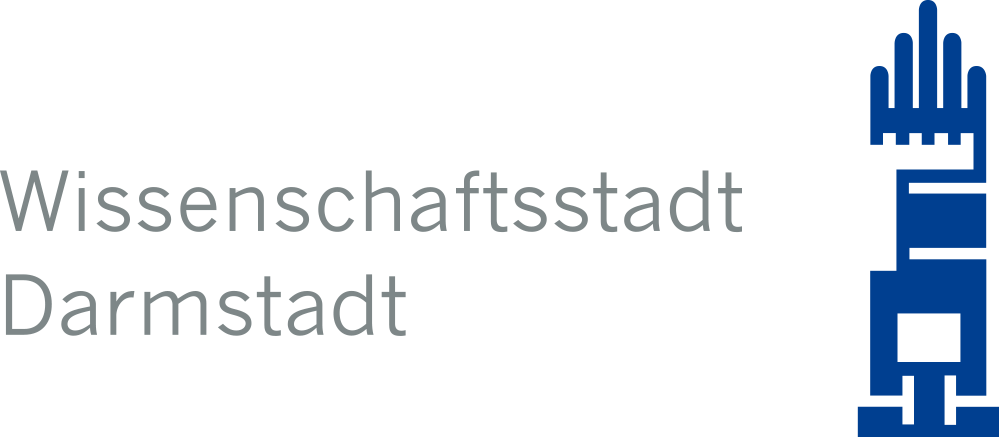Bursa (Turkey)

Twin City since 1971
General information
Bursa, the fifth largest city of Turkey, is twinned with Darmstadt since 1971. Bursa has about 1.6 million inhabitants and lies south of the Sea of Marmara, at the foot of the 2,543 meters high Mount Uludağ (the monk's mount).
"Yeşil Bursa" is how the Turks call their town at the slopes of Uludağ – "Green Bursa". Nobody knows for whom this is more true – for the many splendid mosques decorated with green tiles, or for the fertile surroundings with olive and fruit trees.
The town received its name from the king of the Bythinians, Prusias I. In the 14th century, Bursa was the capital of the Ottoman Empire and was embellished by stately buildings. Today it is one of the most important tourist centres of Turkey. The well-known mount Uludağ with its national park is today a popular place for day trips, and in summer an area for hiking. But in winter too, the greatest centre of winter sports in Turkey is a crowd-puller.
The city of Bursa is known as a centre for trade and industry. An important place is occupied by the silk and textile production, as well as by the fruit trade. The oriental sights, such as the mosques, mausoleums and the bazaar, should be particularly emphasized.
The first mosque of Bursa, the "Mosque of Murat I" (14th century) is a combination of mosque and Koranic school, and offers a wonderful view of the entire valley.
The Great Mosque Ulu Cami with its 20 cupolas is the largest mosque in town. It boasts a rich collection of calligraphic works and a fountain – Sadırvan.
The most impressive building of ancient Ottoman architecture is the Mosque Yildrim Beyazit with marble worked by hand. As an extension of the mosque, you may see the mausoleum of its architect, the fourth Ottoman Sultan.
The Yeşil Cami, the Green Mosque, built in 1419, has an octagonal construction with a wall-covering of the famous turquoise tiles.
Every stranger visiting Bursa should see the enclosed bazaar. There you can buy handicrafts or other precious things: terry cloths, silk clothes, fabric, or wrought-iron works.
In addition to the sights of historical interest and artistic merit, Bursa is also reputed to be a centre of famous mineral sources, the healing powers of which have been estimated since antiquity.
Karagöz is well-known as an originally Turkish shadow play. It hides the story of two workers, Karagöz and Hacivat, who were ordered to collaborate in the construction of the Mosque Ulu Cami. For their jokes and pranks the construction advanced very slowly. The Sultan was angry about it and had them beheaded, but immediately he felt sorry for that. So the "Şeyh Küsteri" made their figures realistically from camel skin. And behind a canvas he made shadow plays to comfort the Sultan. One may visit the monuments for the comics and the inventor of the shadow plays at Bursa.
Turkish folk dance groups and music groups from the Academy at Bursa regularly enrich the cultural offer at various celebrations in Darmstadt.


